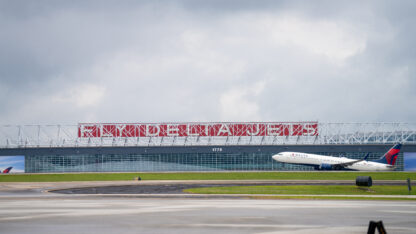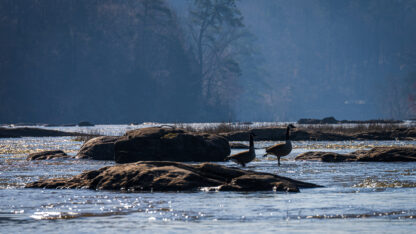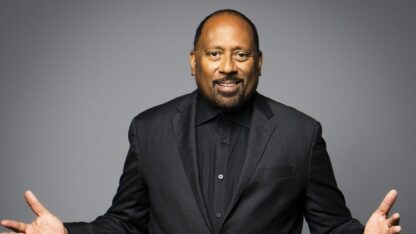Atlanta’s Tree Canopy Threatened By Development, Some Say
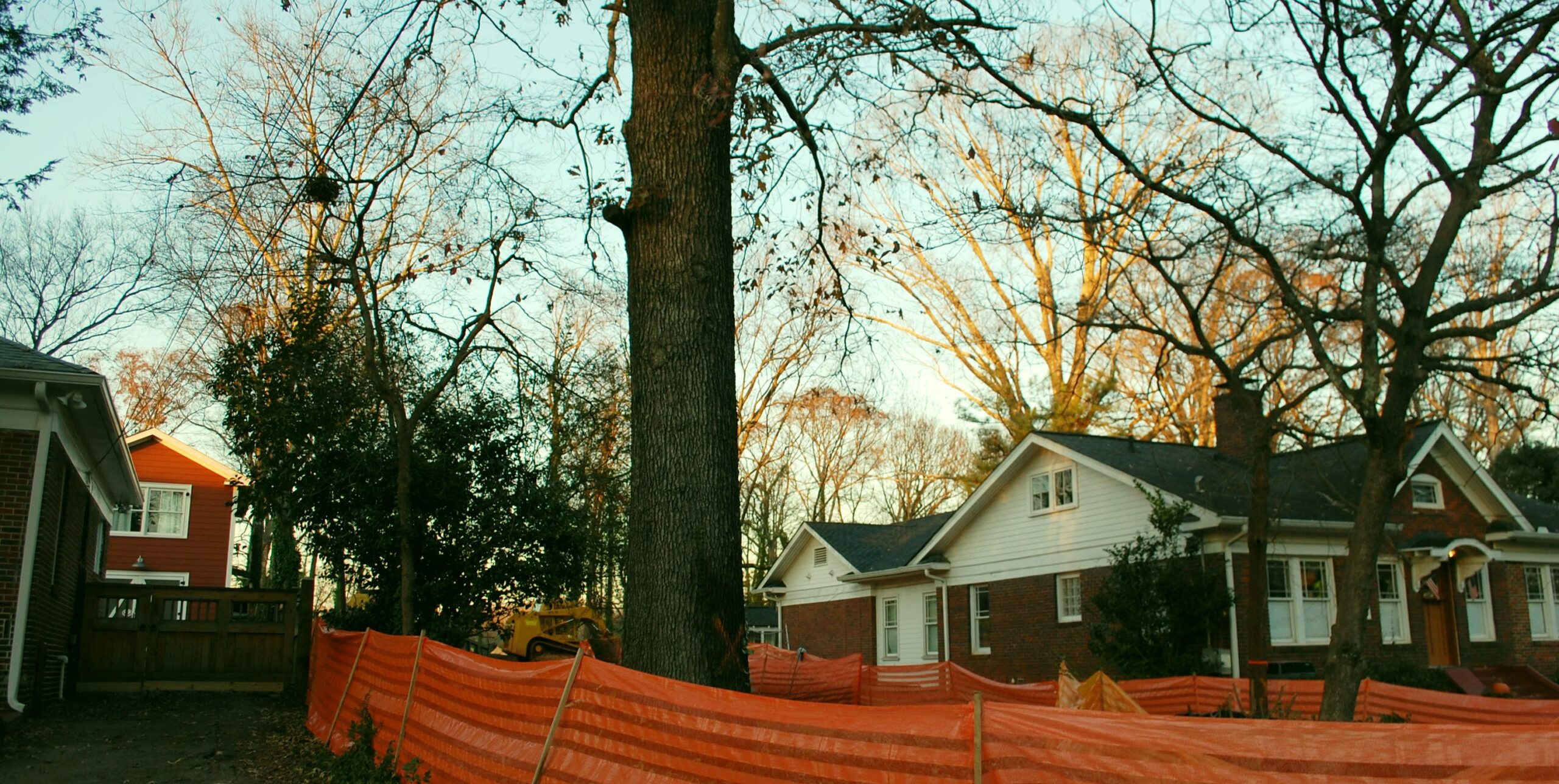
Stephannie Stokes / WABE
Atlanta is sometimes called a “city in a forest.” Nearly 50 percent of the city is covered in trees, according to a 2014 study from Georgia Tech, making Atlanta’s canopy the densest among all cities that have measured their tree coverage.
But lately some worry this common resource could be in jeopardy ─ especially in neighborhoods where real estate’s in high demand.
Development Uprooting Trees
Driving around Atlanta, the man working to preserve the city’s trees starts to sound like the grim reaper.
“That tree’s gonna get destroyed,” said Greg Levine, co-executive director of Trees Atlanta. He pointed through the window of his Prius to a home being built right next to an oak tree.
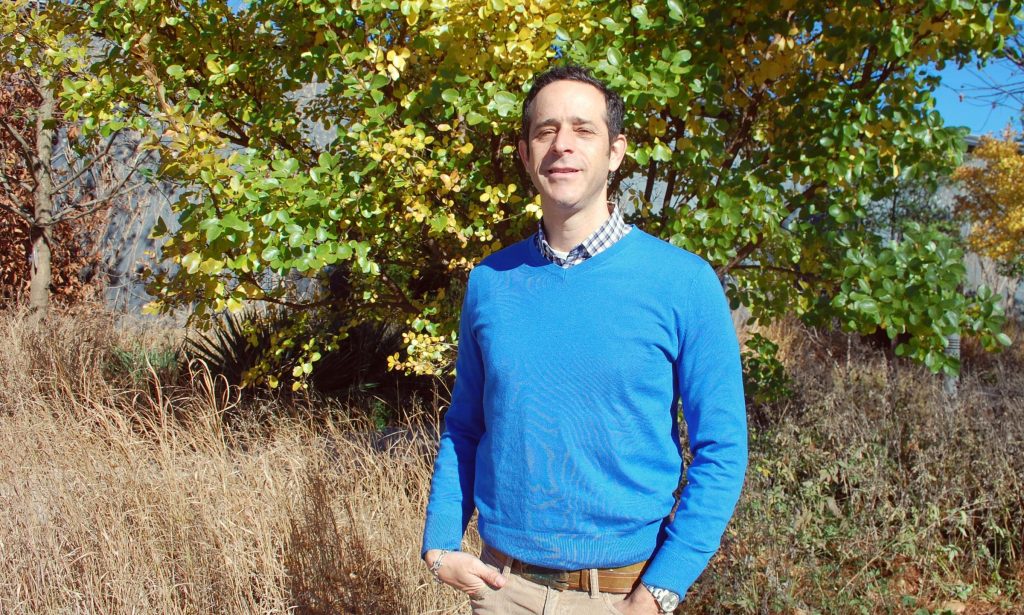
“They’ve come too close to it, and my guess is seven years it’ll be in such decline they’ll have to remove it,” Levine said.
Levine sees development uprooting trees all around Atlanta, from large homes taking over once-forested backyards to mixed use complexes that left little room for replanting.
It has him worried because as the economy picks up, so does construction.
“We’re losing trees in so many different ways we’ve just got to stop and think about how the city will grow and still have things that grow in it,” said Levine.
Fees ‘Not An Impediment’
The possible loss of Atlanta’s canopy also weighs on residents like Susanne Blam.
She has lived in Kirkwood for 12 years. Like other neighborhoods within the city, it’s become attractive to developers.
“One of the reasons I moved to Kirkwood is, I really enjoyed ─ there was a lot of diversity, the natural resources of the trees, and a lot of this is being pushed out by the development,” said Blam.
One development really affected her.
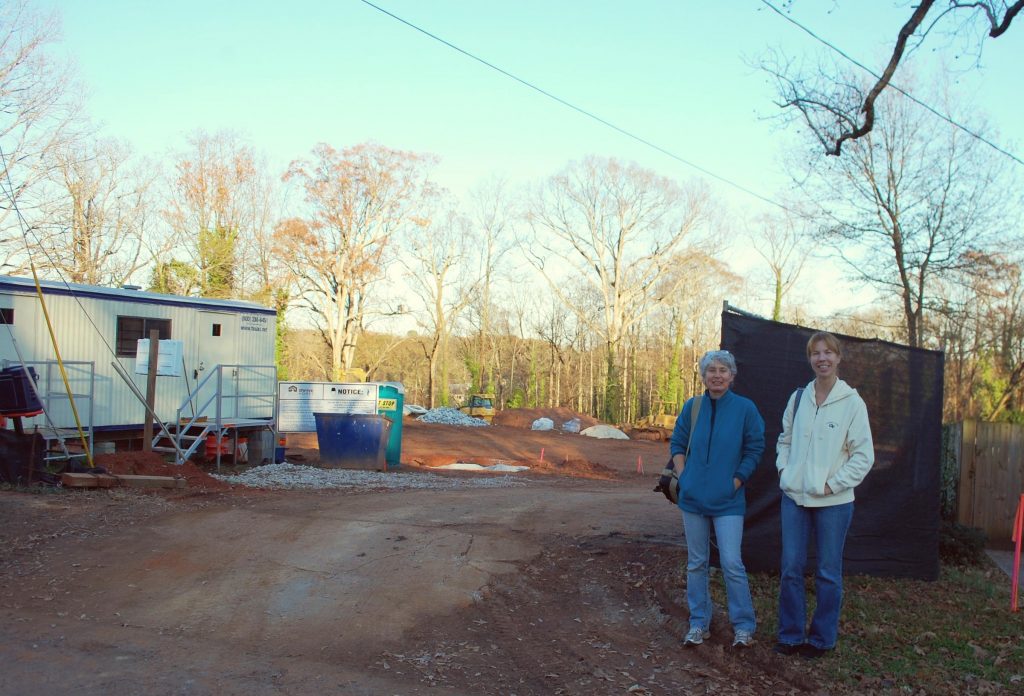
Not far from her home, a bulldozer pushed dirt around a lot once full of towering oak trees. They were clear cut last year to make way for several homes.
“I was up at night. I, I cried. I mean, we all cried when this came down,” Blam said.
Blam said she couldn’t bear to see the site for weeks. The mass cutting inspired her to join a new advocacy group called Atlanta Protects Trees.
Kathryn Kolb is a naturalist with the group.
“The thing is, Atlanta is so special because we have tremendous urban forest still here,” said Kolb.
Atlanta is also special in that its forest is not public. Most of the city’s trees are on private, residential land ─ 77 percent, according to the Georgia Tech study.
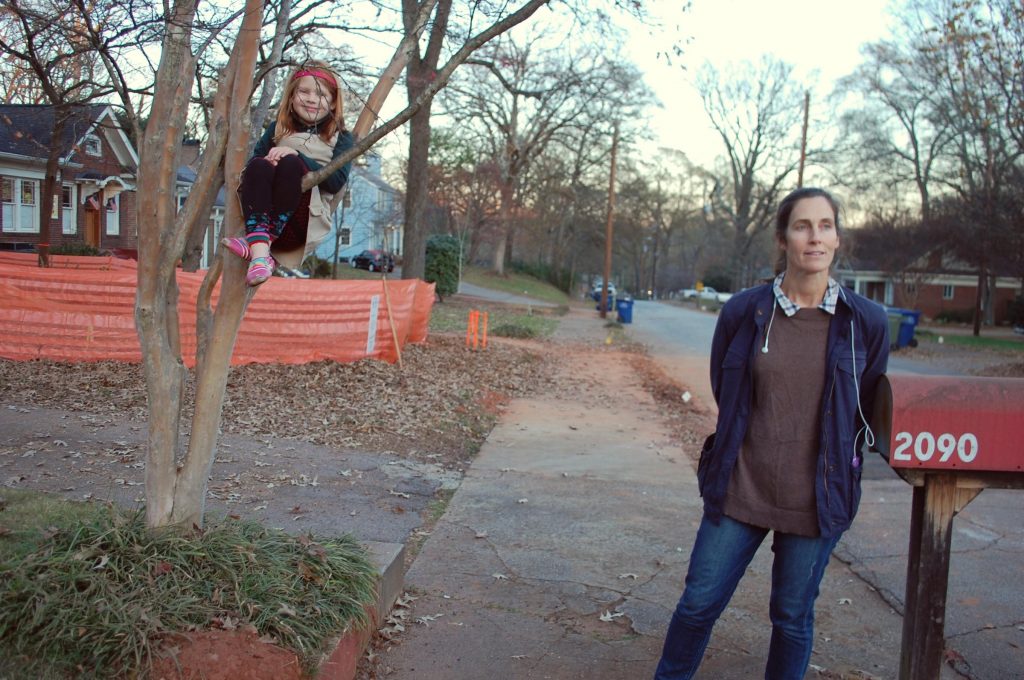
Those trees are protected by an ordinance. To take down most trees, owners have to pay a city fee. Kolb’s group formed because they don’t believe the fee works anymore.
“The real estate values are high and people are selling these homes, you know, for half a million or more,” said Kolb. “So what’s happening, the cost, a couple thousand dollars to take down a tree. It’s really not an impediment. It’s simply becomes a cost of doing business.”
The fees do go toward replanting trees, and the city said it has nearly $6 million from fees in a fund. Even so, people like Kolb fear you can’t replant a forest.
Revising The Tree Ordinance
Atlanta’s new Commissioner of Planning and Community Development,Tim Keane, said he understands that.
“There’s going to be development of the city, there will be loss of some trees. There’s no question about that, that’s part of what happens,” said Keane. “But I know the thing that we’d like to see is that trees become a much more integral part of the way we design places in the city.”
That means prioritizing trees in the beginning of the building process, especially trees of a certain age or species. It could also mean using the replanting funds to buy private land to make more of those trees public property.
“So we’ve been talking about how to change the ordinance and our processes to make that the case,” said Keane.
Developers hope they’ll have a say in the changes. John Beach, a partner at Paces Construction, builds homes in north Atlanta. He said he and his peers recognize the importance of trees.
“Trees are an amenity and homeowners really like trees,” Beach said. “The last thing a builder wants to do is spend money cutting down trees that would help sell a property.”
Sometimes though, Beach said, competing city laws, like stormwater regulations, leave them no choice. It would take a comprehensive plan from the city, he said, to begin to solve the problem.
Trees As Part Of Atlanta’s Identity
The city said it hasn’t set a timeline for the tree policy update, but Commissioner Keane does have a goal.
“For this to be a better place to live, a million people from now,” Keane said, “we need to accentuate the thing that makes this physically a beautiful place, which is the trees.”
Atlanta’s sprawling design may have left room for trees, but Keane said, a denser city should make room for them.





